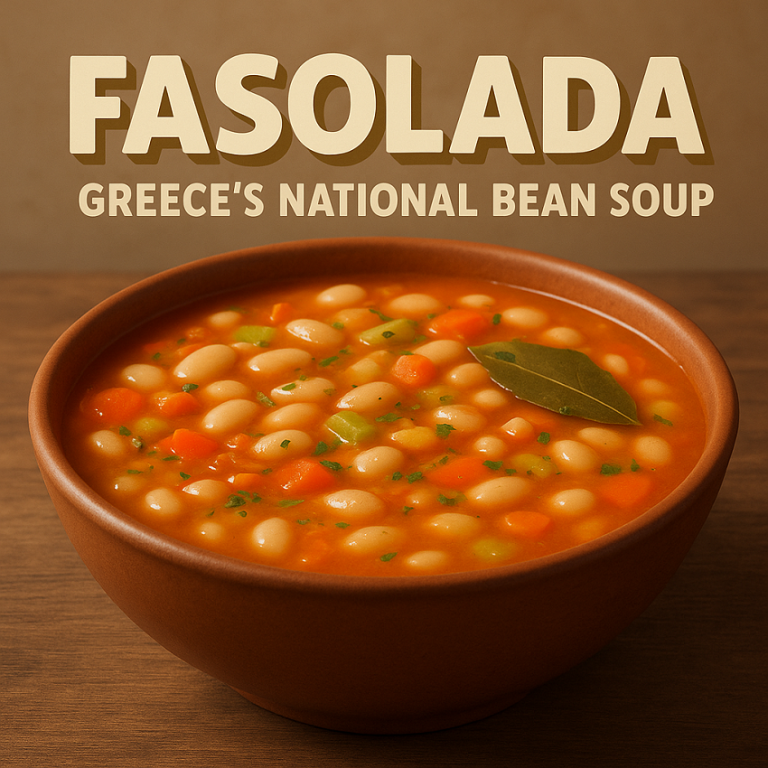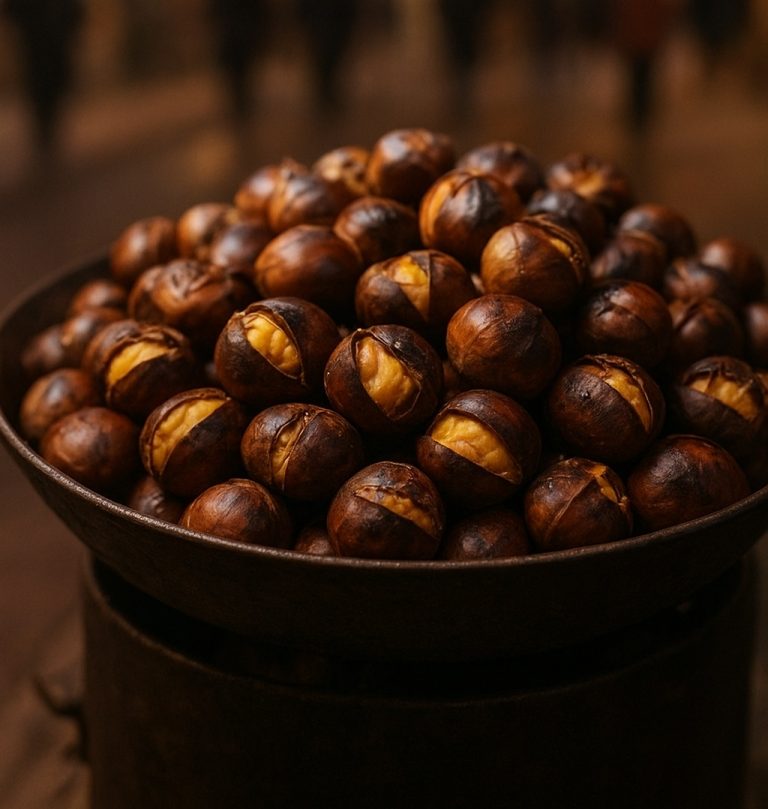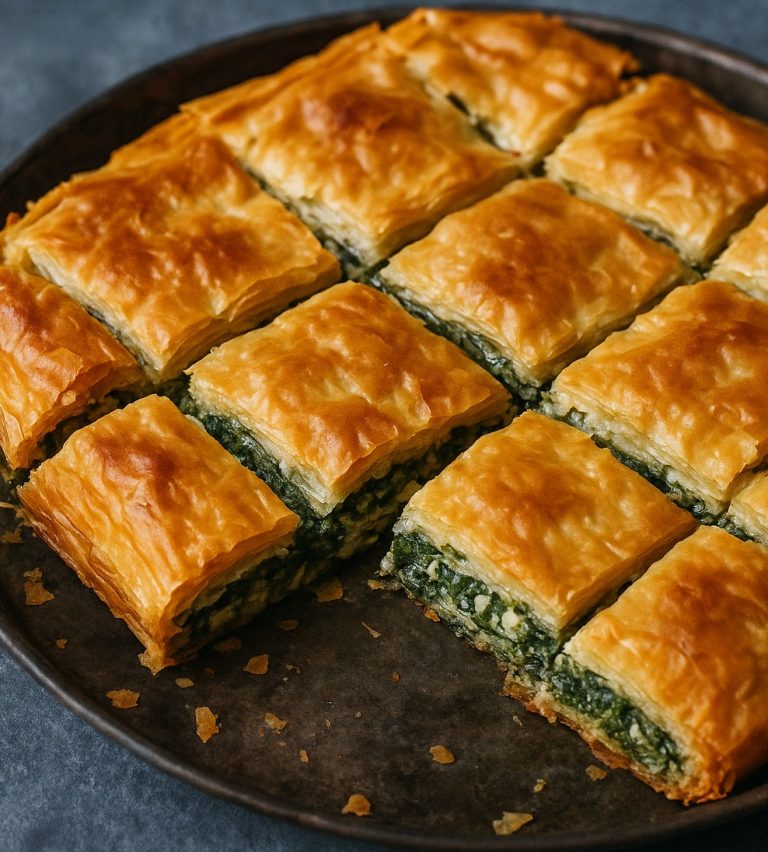
Introduction
Greek barley rusk, commonly known as dakos or paximadi, is a cherished staple in Greek cuisine. This rustic bread is renowned for its crunchy texture and rich flavor, making it a beloved snack and an essential ingredient in various traditional dishes. With roots deeply embedded in the culture and history of Greece, barley rusk offers not only culinary delight but also a connection to the Mediterranean lifestyle.
What is Greek Barley Rusk?
Greek barley rusk is primarily made from barley flour, which is mixed with water and a pinch of salt. The mixture is then baked twice, resulting in a hard, crunchy texture that distinguishes it from other types of bread. This twice-baking process not only enhances the flavor but also extends the shelf life, making it an ideal food for preservation, especially in the warmer Mediterranean climate.
History and Origins
The history of barley rusk dates back to ancient times when barley was a staple grain in the Mediterranean diet. Its origins can be traced to the island of Crete, where it was traditionally consumed by farmers and laborers due to its durability and energy-boosting properties. The practice of making rusk allowed families to have a nutritious food source that could last for extended periods, especially during times of scarcity.
Nutritional Benefits
Barley is celebrated for its numerous health benefits, and Greek barley rusk is no exception. Some key nutritional highlights include:
- High Fiber Content: Barley rusk is rich in both soluble and insoluble fiber, which supports digestive health, helps lower cholesterol levels, and promotes a feeling of fullness.
- Low Glycemic Index: The low glycemic index of barley makes it an excellent choice for regulating blood sugar levels, making it suitable for individuals with diabetes.
- Rich in Nutrients: Barley contains essential vitamins and minerals, including B vitamins, magnesium, iron, and antioxidants, contributing to overall health and well-being.
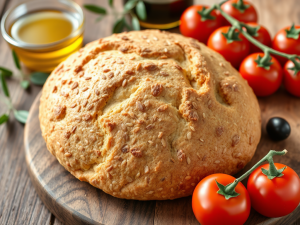
Culinary Uses
Greek barley rusk is incredibly versatile and can be enjoyed in a multitude of ways:
1. Dakos Salad
One of the most popular uses of barley rusk is in the traditional Cretan dish known as dakos. This refreshing salad features crumbled rusk topped with diced ripe tomatoes, crumbled feta cheese, capers, olives, and a generous drizzle of high-quality extra virgin olive oil. Fresh herbs like oregano or basil can be added for an aromatic touch. This dish not only showcases the flavors of the Mediterranean but also highlights the simplicity and freshness of Greek cuisine.
2. As a Snack
Barley rusk can be enjoyed plain or paired with various dips. It serves as an excellent accompaniment to spreads like tzatziki, hummus, or baba ghanoush. The crunchy texture provides a satisfying contrast to creamy dips and enhances the overall snacking experience.
3. Breakfast Option
For a nutritious breakfast, barley rusk can be topped with honey, yogurt, or nut butters. Adding fresh fruits, such as sliced bananas or berries, elevates the dish, making it a wholesome start to the day. This combination offers a balance of carbohydrates, protein, and healthy fats.
4. In Soups and Stews
Crumbling barley rusk into hearty soups or stews can add an interesting texture and flavor. It absorbs the broth, creating a deliciously satisfying dish that is both filling and nourishing.
Cultural Significance
In Greece, barley rusk holds significant cultural and historical importance. It is a symbol of the Cretan diet and represents a connection to the island’s agricultural heritage. Traditionally, it was consumed by farmers and fishermen, providing them with the energy needed for their labor-intensive work.
Barley rusk is often enjoyed during family gatherings, festivals, and celebrations, reflecting the spirit of Greek hospitality. Sharing a meal that includes dakos is a way to connect with family and friends, emphasizing the importance of communal dining in Greek culture.
How to Make Greek Barley Rusk at Home
Making Greek barley rusk at home is a straightforward process. Here’s a simple recipe to try:
Ingredients
- 2 cups barley flour
- 1 cup water
- 1 teaspoon salt
- Optional: olive oil, herbs (such as oregano or thyme), or spices (like sesame seeds or black pepper)
Instructions
- Prepare the Dough: In a large mixing bowl, combine the barley flour, salt, and any optional ingredients. Gradually add water until a soft dough forms. Knead the dough briefly to ensure all ingredients are well incorporated.
- First Bake: Shape the dough into a loaf or round shape and place it on a baking sheet lined with parchment paper. Bake in a preheated oven at 350°F (175°C) for 30-40 minutes, or until the bread turns golden brown and is firm to the touch.
- Slice and Second Bake: Once cooled, slice the loaf into thick pieces, about 1 inch thick. Arrange the slices back on the baking sheet and return to the oven. Bake at 300°F (150°C) for an additional 15-20 minutes, or until the slices are dry and crisp.
- Cool and Store: Allow the barley rusks to cool completely before storing them in an airtight container. They can last for weeks, making them a convenient snack option.
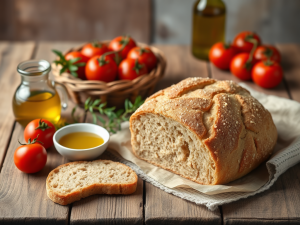
Conclusion
Greek barley rusk is more than just a crunchy bread; it represents a rich culinary tradition and embodies the flavors and values of Greek culture. Whether enjoyed as part of a traditional dakos salad, paired with dips, or crumbled into soups, its versatility makes it a delightful addition to any meal. Embracing the tradition of dakos allows one to savor the essence of Greek culinary heritage while enjoying the numerous health benefits of barley. So, whether you’re in Greece or at home, consider incorporating this delicious staple into your diet and experience the joy of Greek barley rusk.
